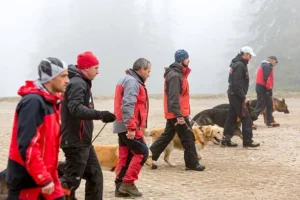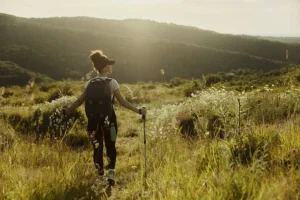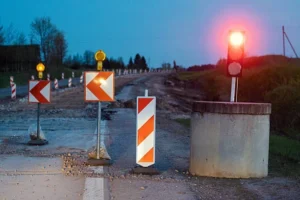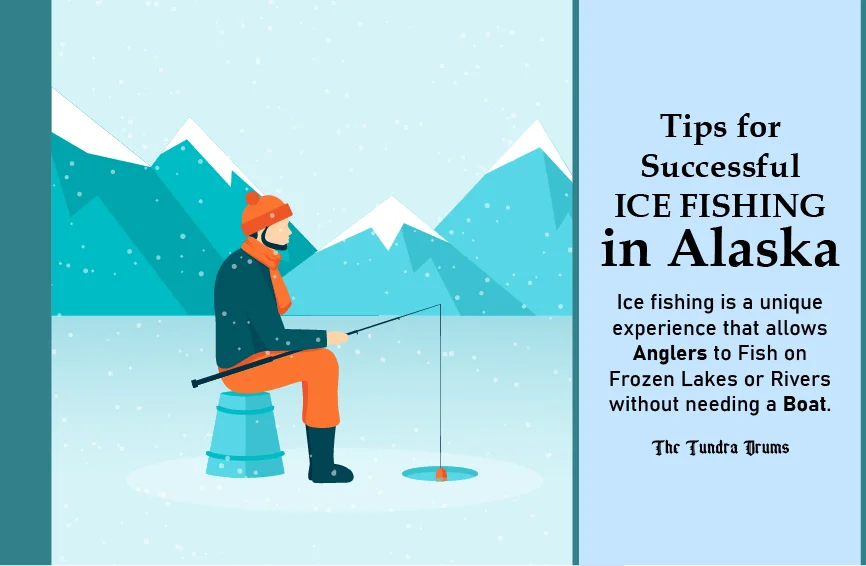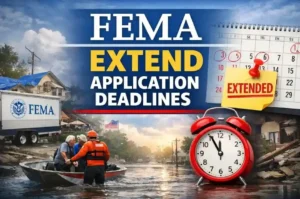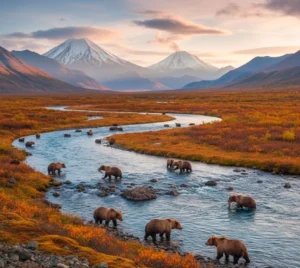| Ice fishing is a unique experience that allows anglers to fish on frozen lakes or rivers without needing a boat. |
Imagine being out on the frozen lakes of Alaska, surrounded by breathtaking snow-covered scenery, and the anticipation of catching your first fish through a hole in the ice. Ice fishing here is more than just a hobby. It’s an adventure that connects you with nature in its purest form. Whether you’re just starting or a seasoned angler looking for new challenges, these tips will help you make the most of your ice fishing experience in Alaska. Your ice fishing adventure can be safe and successful with the right guidance. Let’s explore the best tips for successful ice fishing in Alaska
Necessary Equipment for Ice Fishing
| Equipment | Description |
| Ice Auger or Ice Drill | Used to create holes in the ice |
| Ice Fishing Rod and Reel | Essential for catching fish |
| Ice Fishing Tackle | Includes hooks, jigs, and lures |
| Ice Fishing Line | Specially designed for cold conditions |
| Ice Scoop or Skimmer | Removes ice chunks from the holes |
| Ice Shelter or Tent | Protects from the elements |
| Ice Fishing Heater or Portable Stove | Keeps you warm while fishing |
| Bait | Includes minnows, worms, or artificial bait |
10 Tips for Successful Ice Fishing in Alaska
- Check regulations and get a Licensed
- Gear Up properly
- Choose the right time and location
- Select the best Bait
- Drill and test the Ice
- Position your Bait correctly
- Patience and observation
- Fish with friends or a guide
- Dress appropriately
- Stick to one technique
1. Check Regulations and Get Licensed
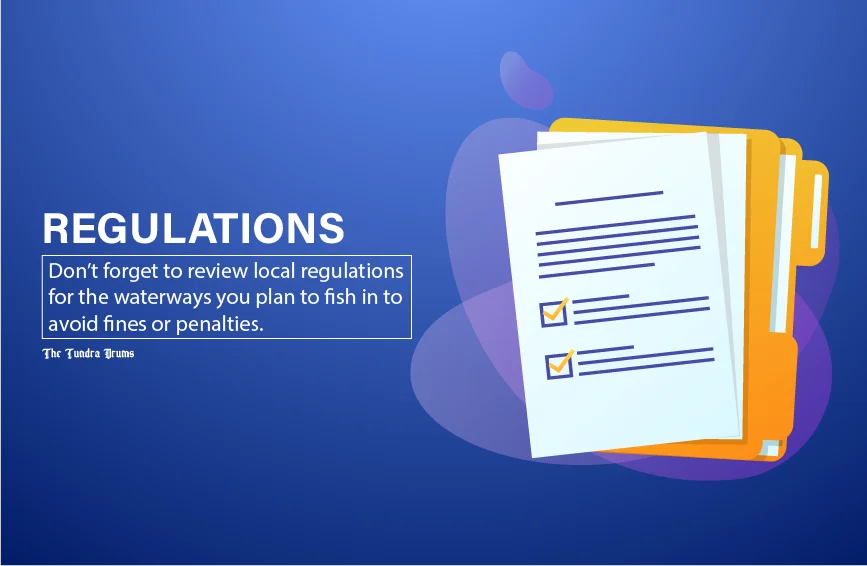
First, as a beginner, ensure you have completed the necessary legal paperwork to fish legally in Alaska. Not having the proper permits can lead to fines and penalties, which could spoil your entire trip.
- Obtain a valid Alaska fishing license.
- Don’t forget to review local regulations for the waterways you plan to fish in to avoid fines or penalties.
2. Gear Up Properly
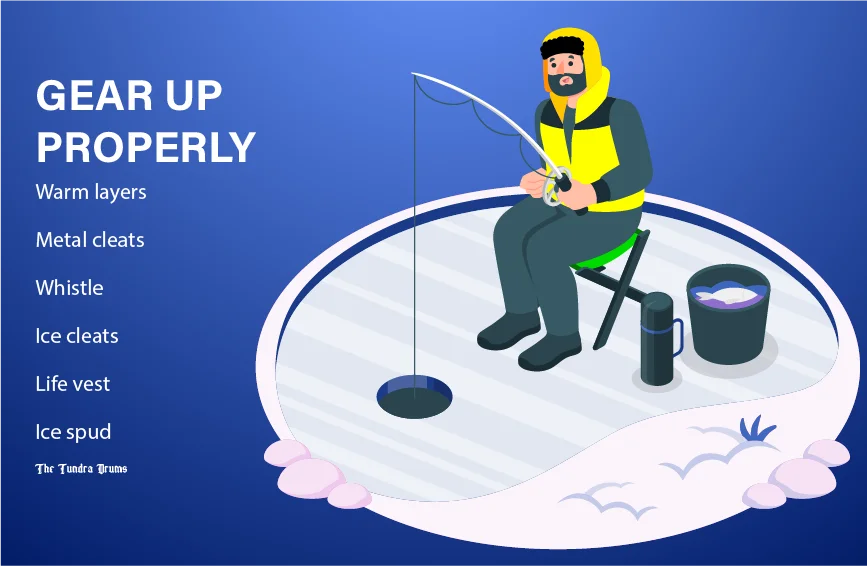
The right ice fishing gear can make all the difference when you’re out on the ice, especially for newcomers. Using inappropriate equipment can lead to frustration and missed opportunities. The angling and hunting equipment market has grown significantly, from $573.60 million in 2023 to $612.97 million in 2024. It is projected to continue its upward trend, with an expected compound annual growth rate (CAGR) of 7.06%. By 2030, the market is anticipated to reach $924.98 million. Thus, to experience the perfect ice fishing trip, make sure to practice the following instructions.
- Use a specialized ice fishing rod, typically shorter (3 to 4 feet), for better control in confined spaces.
- Equip an ultralight spinning or spin casting reel with an eight-pound fishing line, suitable for most Alaskan fish species.
| Warm layers | To stay cozy and comfortable |
| Metal cleats | For steady footing |
| Whistle | Handy for emergencies |
| Ice cleats | For extra grip |
| Life vest | Yes, on ice! Safety comes first, always. |
| Ice spud | To tap and check the ice (listen for that solid knock) |
3. Choose the Right Time and Location

Timing and location are critical factors for beginners looking to succeed in ice fishing. Poor planning can lead to unproductive and potentially dangerous outings. Follow these instructions carefully to help you get started on the right foot.
| Factor | Details | Additional Tips |
| Keep an Eye on the Weather Forecast | Check the forecast and dress in layers. Preparing for sudden Bethel, Alaska weather change is essential for ice safety and fish behavior. Stay ready for quick shifts in conditions. | Wear moisture-wicking base layers and waterproof outer layers. Remember a hat, gloves, and warm boots. |
| Identify Fishing Spots with Safe Ice Conditions | Ensure the ice is thick enough. At least 4 inches of clear ice is safe for walking and 12 inches for vehicles. | Avoid areas with cracks, pressure ridges, or flowing water. Test ice thickness frequently as you move. |
| Look for Potential Fish Activity | Choose spots with structures that provide food and shelter, like drop-offs, weed beds, or underwater structures. | Use a depth finder or fish finder to locate hotspots. Areas near underwater ledges or weed beds often attract fish. |
| Time Your Fishing Trips Wisely | Fish are more active and alert in the early morning and late afternoon. Timing varies by species. | Adjust your schedule based on fish habits. Research feeding times of different fish species. |
| Observe Local Anglers | Watch where locals set up. Experienced anglers often know the best spots. | Ask for advice or tips from local anglers. Locals provide insights into ice conditions and fish behavior. |
| Use Technology to Your Advantage | Use fish finders, GPS, and apps to locate structures and mark spots. | Scout lakes in summer and mark critical structures on your GPS. Use fish finders to locate fish under the ice. |
4. Select the Best Bait
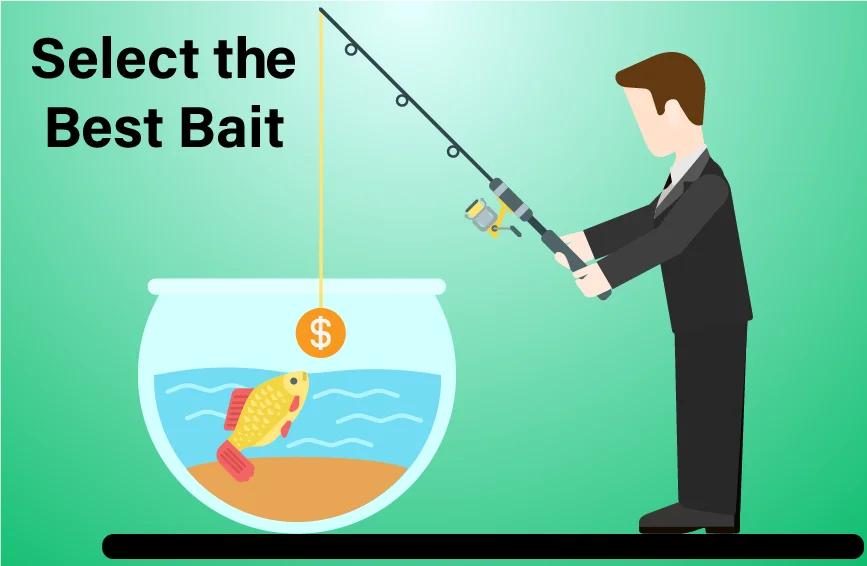
What you put on your hook can significantly affect your chances of a successful catch. Meanwhile, using the wrong bait can result in a slow day on the ice.
| Experience Level | Bait Type | Reason |
| Beginners | Live bait (minnows, wax worms) | Natural movement and scent attract fish |
| Experienced Anglers | Artificial lures or jigs | Tailored to specific fish species |
5. Drill and Test the Ice
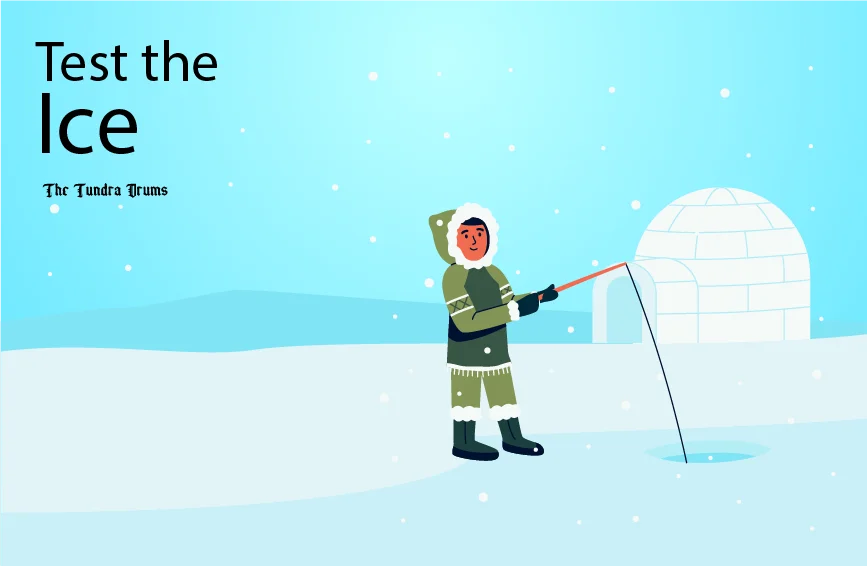
Imagine standing on a sheet of ice with freezing water below. It’s a bit nerve-wracking, right? That’s why checking if the ice can hold your weight is crucial. Before you start drilling, you need to ensure the ice is thick enough to support you and your equipment. Testing the ice can be a bit tricky, so here’s a simple guide for beginners to test the ice for fishing:
- At least 4 inches thick for you
- 6 inches for sleds
- 7–12 inches for light vehicles
- 14–16 inches for full-sized trucks
Watch for any signs of weak ice, like discolored patches, cracks, or flowing water. Remember, thick and blue ice will hold thin and crispy ice, but it’s too risky.
- Use a reliable ice auger to drill holes carefully, ensuring the ice is thick enough to support your weight and equipment.
- Periodically check ice thickness significantly when conditions change, or you move to a new fishing spot.
6. Position Your Bait Correctly
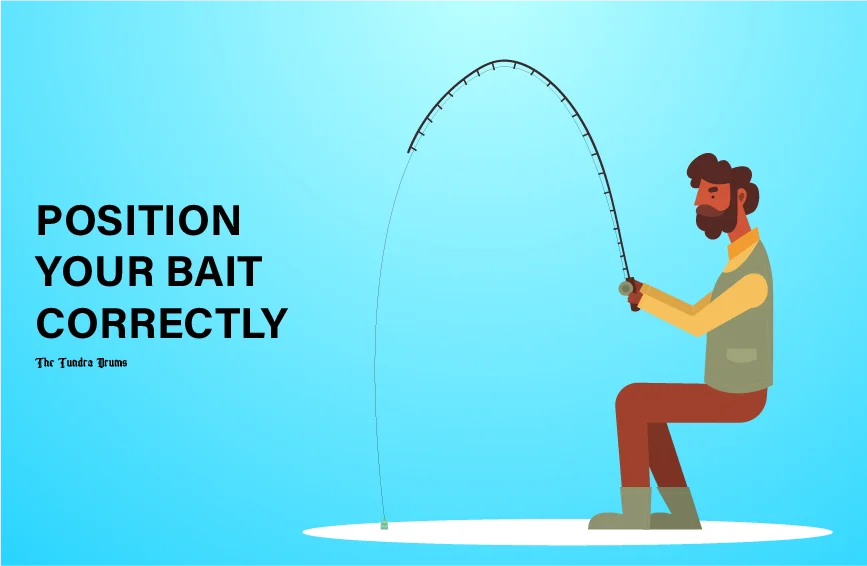
Knowing where to place your bait can significantly impact your fishing success. But, improper placement can result in fewer bites and less action.
- Adjust your fishing line to position your bait just above the lake or riverbed where fish are likely to feed.
- Keep your bait within striking distance by adjusting the depth based on water conditions and fish behavior.
7. Patience and Observation
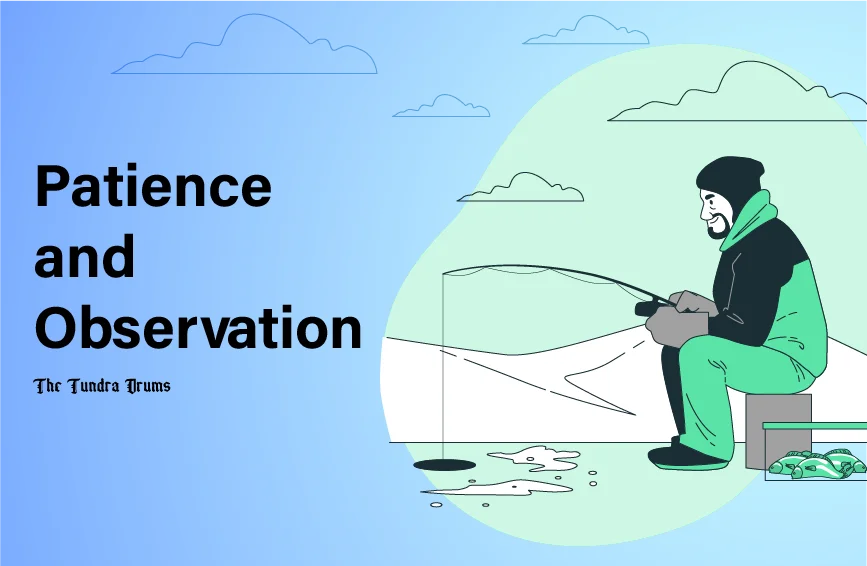
Ice fishing requires patience and keen observation skills, especially for beginners. Being too impatient or inattentive can prevent you from missing subtle bites and opportunities. Take your time, stay focused, and watch closely for any movement on your line. This way, you’ll increase your chances of a successful catch.
- Be patient and alert for subtle bites, especially in colder temperatures when fish may be less active.
- Stay focused and ready to react quickly when you feel a nibble on your line.
8. Fish with Friends or a Guide
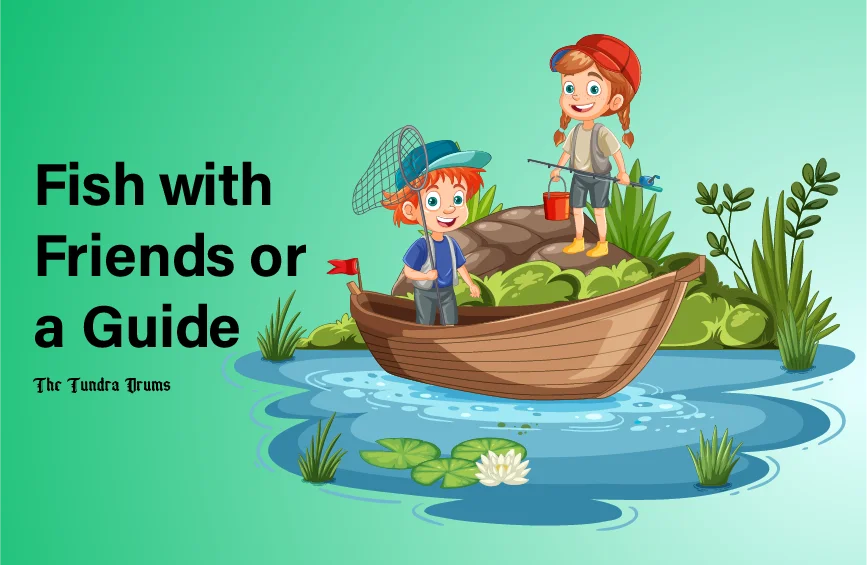
Even if you’re a seasoned open-water fisherman, your first ice-fishing trip in Alaska or anywhere should be with an experienced friend or guide. Learning from someone familiar with ice fishing will make the process faster and smoother.
Why It Helps:
- Watch and Learn: Observe techniques and ask questions.
- Safety: Having someone experienced can help avoid dangers.
- Efficiency: Learn effective strategies quickly.
9. Dress Appropriately
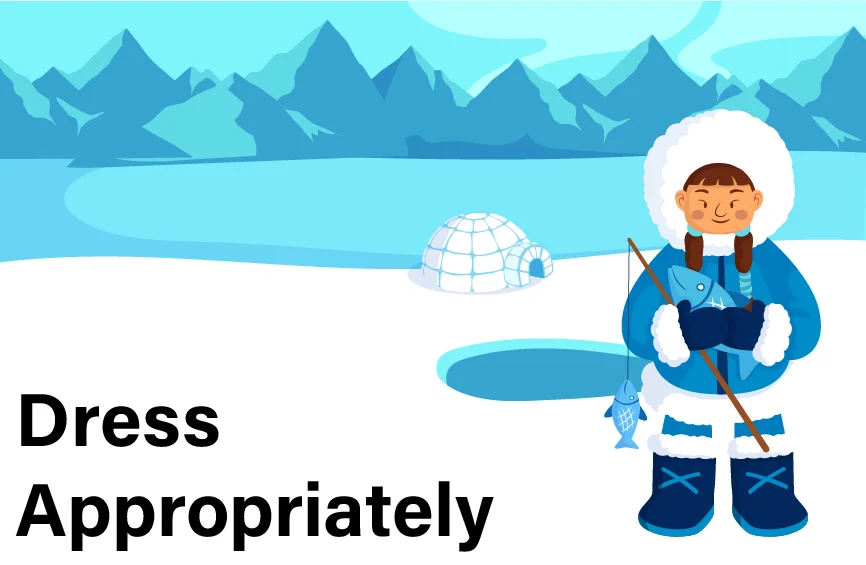
Even with the necessary ice fishing equipment, it’s crucial to invest time and money in selecting the right clothing and consider the weather conditions. The first enemy on the ice is the cold, so be careful.
Clothing Tips:
- Layering: Wear breathable, moisture-wicking clothes in layers.
- Footwear: Keep your feet warm with insulated boots.
- Avoid Overdressing: Too many clothes can restrict movement and cause sweating, making you feel colder.
10. Stick to One Technique
Don’t jump from one fishing technique to another. It’s better to master one and go from there.
Tips:
- Start Simple: Choose one technique, like using spoon lures for predators.
- Practice: Get comfortable with one type of lure before trying others.
- Build Confidence: Success with one technique will boost your confidence.
Additional Tips from Ice Fishing Experts:
- The first drop technique
- Rigging tips for Tip-ups
- Jigging techniques
- Scouting and preparation
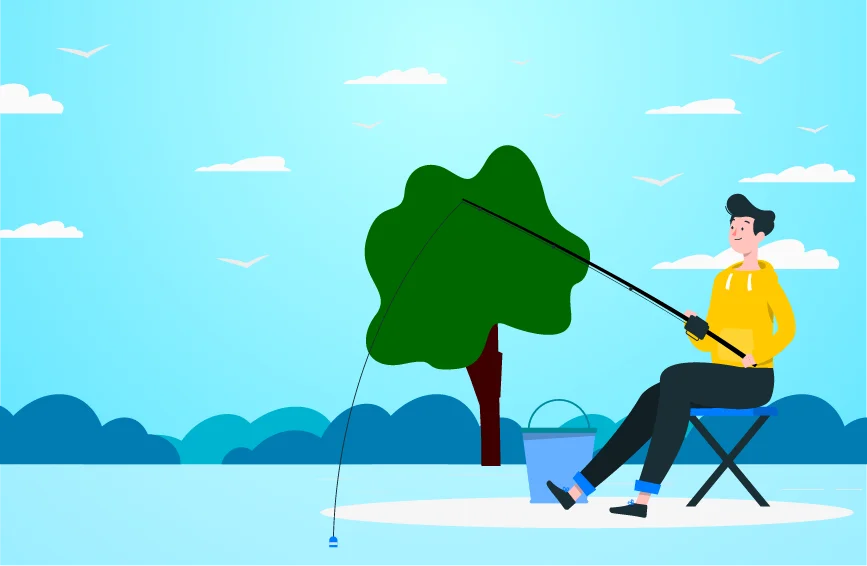
1. The First Drop Technique
When fish get wary of your jigging, try pulling your line out and waiting. Drop your lure when you see a fish approaching your electronics for a better chance at catching crappies.
If you notice fish on your sonar that’s not biting, reel up and drop your bait right when you see them on the screen. This can trigger an automatic strike.
2. Rigging Tips for Tip-Ups
Use a snap swivel between your main line and leader for easy rig changes, and add a slip bobber stop for accurate depth marking without tangles.
A snap swivel lets you quickly switch from a heavy-duty pike setup to a lighter rig for walleye without retying all your gear.
3. Jigging Techniques
With minnow profile baits, avoid pulling too hard or lifting too high. Opt for a slower, more controlled jigging motion to effectively entice walleyes.
Instead of jerking your rod sharply, try a gentle lift and slow drop, which mimics the natural movement of a minnow.
4. Scouting and Preparation
Use topo maps and GPS scouting during the summer to pinpoint fish-holding structures for successful winter ice fishing spots.
Marking underwater points, drop-offs, and weed beds on your GPS in summer can save you a lot of time finding fish in winter.
Conclusion
Tips for successful ice fishing in Alaska require patience and preparation. Dressing warmly and checking ice thickness for safety is crucial, especially if you’re new to the sport. Learning from experienced anglers or hiring a guide can greatly improve your chances of success. Using modern tools like fish finders helps locate fish under the ice, while choosing the right bait increases your chances of a catch. Enjoy the thrill of fishing in Alaska’s icy landscapes by respecting nature and practicing responsible fishing techniques. These tips ensure a rewarding and safe ice fishing experience in Alaska.

